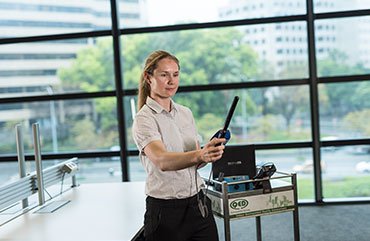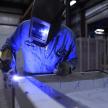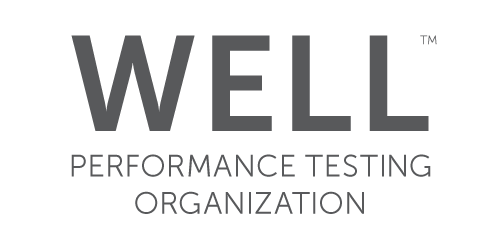
01st
The Effect of Poor Air Quality on Data Centre Equipment
Data centres are a vital component of modern information technology infrastructure, providing a secure and centralised location for the storage and processing of vast amounts of data, storing everything from the money in your bank account, to those precious family photos on Facebook.
However, these facilities can be negatively impacted by poor air quality, which can result in equipment damage, increased downtime, and loss of data.
According to research from the American Society of Heating, Refrigeration, and Air-Conditioning Engineers (ASHRAE), monitoring and controlling gaseous pollutants in data centres is crucial as they can result in substantial harm.
As a data centre manager, the importance of cooling and humidity control is already understood, with established equipment and procedures in place. But, have measures been taken to prevent corrosion due to airborne contamination?
This article aims to explore the mechanisms by which poor air quality can affect data centre equipment, the types of pollutants involved, and to outline strategies for mitigating this risk.
Definition of Poor Air Quality
Poor air quality refers to the presence of harmful substances in the atmosphere that can cause damage to electronic equipment.
These substances may include particulate matter, volatile organic compounds, moisture, and other contaminants.
Pollutants that can cause corrosion and damage to electronic equipment include:
- Hydrogen sulfide (H2S)
- Sulfur and nitrogen oxides (SOX, NOX)
- Ozone (O3)
Impact of Poor Air Quality on Data Centres
Data centres are particularly vulnerable to the effects of poor air quality due to the high density of electronic equipment and the close proximity of these components to each other.
Poor air quality can cause a range of problems for data centres, including corrosion, oxidation, and other forms of damage to sensitive electronic components.
In addition, the accumulation of contaminants on surfaces can result in electrical shorts and equipment failure.
Consequences of Poor Air Quality in Data Centres
Poor air quality in data centres can result in significant consequences, including increased downtime, loss of data, and increased maintenance costs.
Additionally, over time, poor air quality can cause degradation of equipment, reducing its lifespan and requiring frequent replacement.
Mitigating the Effects of Poor Air Quality in Data Centres
The increasing popularity of free-cooling technology, which promotes sustainability and cost savings in energy, is a positive development. However, the introduction of this technology leads to a higher intake of outdoor air into the data centre, thereby significantly elevating the possibility of pollutant infiltration. As a result, monitoring temperature and humidity alone is insufficient, and monitoring for known pollutants is necessary.
To minimise the impact of poor air quality on data centre equipment, it is crucial to implement effective mitigation strategies, including:
- Installation of air filtration systems: Installing air filtration systems can remove harmful substances from the atmosphere, reducing the risk of equipment damage.
- Adequate ventilation: Adequate ventilation can reduce the buildup of contaminants by allowing for the exchange of air between the data centre and the surrounding environment.
- Monitoring of relative humidity levels: Monitoring of relative humidity levels is critical for preventing damage from moisture exposure.
- Regular cleaning procedures: Regular cleaning procedures can remove accumulated contaminants from surfaces and equipment, reducing the risk of equipment failure.
By understanding the specific pollutants involved and implementing effective mitigation strategies data centre operators can minimise the risk of equipment damage and ensure that their facilities operate at peak performance.
QED is the first and only organisation in Australia to hold NATA accreditation for Indoor Air Quality inspections. To find out more you can get in touch with us here.
Categories
Recent Posts
Changes to the workplace exposure standard for welding fumes
15th Mar
On January 18, 2024, SafeWork Australia made a significant adjustment to the Workplace Exposure Standard (WES) for Welding Fume (not otherwi...
Pseudomonas aeruginosa and the Water Quality Management Plan - it's not just about Legionella.
23rd Feb
Pseudomonas aeruginosa could be responsible for a high burden of disease, and should always be included in a risk management plan....
Navigating the New Norm: Prioritising Indoor Air Quality for Events and Venues
06th Feb
Throughout 2023 there was a surge in venue managers looking to help clients feel at ease in regards to indoor air quality....

















